Description
Title: Public Wall Writing in Philadelphia
Created by Megawords Magazine
Introduction text by Stephen ESPO Powers
Paperback
Pages: 96
Published: 2007
Language: English
Dimensions: 24 x 34 x 0,8 cm/ 9.5 x 13.4 x 0.3 inch.
As New York City developed its own name writing culture in the 1960s, so did Philadelphia. In “Public Wall Writing in Philadelphia” you get an insight into a collection of historic black-and-white photographs from the late 60s to the early 80s documenting the city’s tag culture. The big sized (24cm x 34cm) photo book does not focus on special names or styles, it rather puts together shots from different photographers showing the towns railway stations, schoolyards and street corners. The name writings seem to be an omnipresent part of Philadelphia’s cityscape.
This 2007 book is a great document on a city’s own wall writing phenomenon which did not lead into a stylewriting and piecing culture at first as it was the case one hundred miles away in NYC. On the 96 pages you can find first attempts of the later famous “Philly Style” as well as tags by first generation innovators like DR. COOL, KOOL KLEPTO KIDD and of course the well-known CORNBREAD. The foreword is written by the Philadelphia originated writer Stephen “ESPO” Powers.
PUBLIC WALL WRITING IN PHILADELPHIA is a book of photographs chronicling the history of wall writing in Philadelphia from the late 1960’s through the early 1980’s. Images of SEPTA stations and platforms, gang corners and roll calls, anti-graffiti propaganda and buff-men, run-down neighborhoods and the citizens that inhabited them serve to paint a bleak yet timeless portrait of Philadelphia.
The phenomenon of wall writing permeates all the photos: Graffiti in the 11th Street Concourse as dense as overgrown weeds; an image of a young man writing “Tom loves Kate” on a granite wall, a reminder that writers are not all “hoodlums” bent on destruction. Many seek to communicate. Public Wall Writing in Philadelphia will be well received by graffiti aficionados, historians, and anyone interested in the history of everyday urban life.

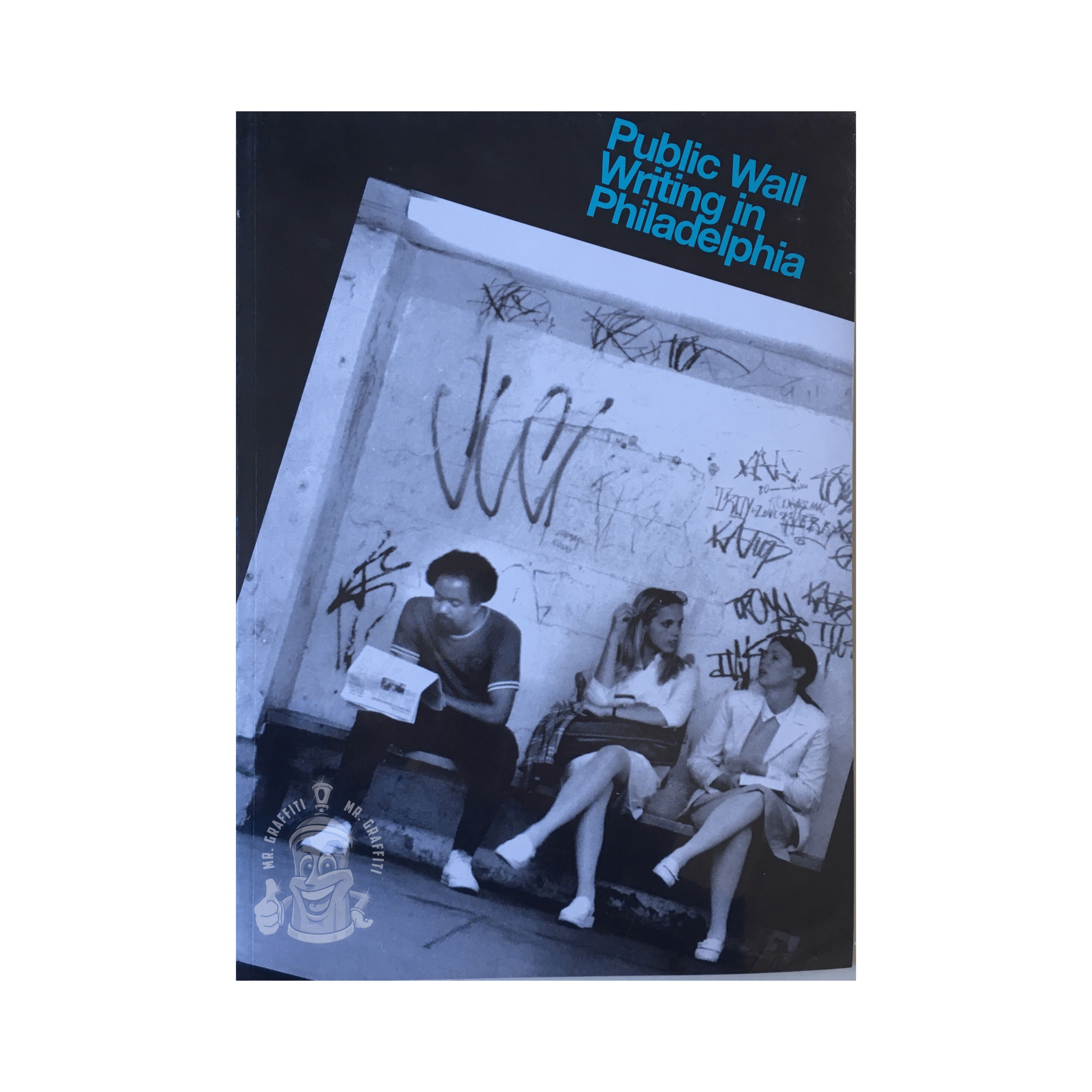
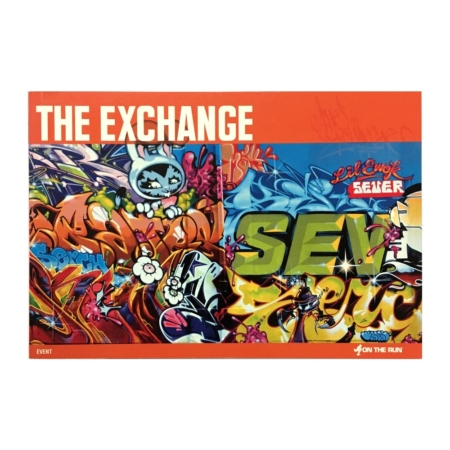

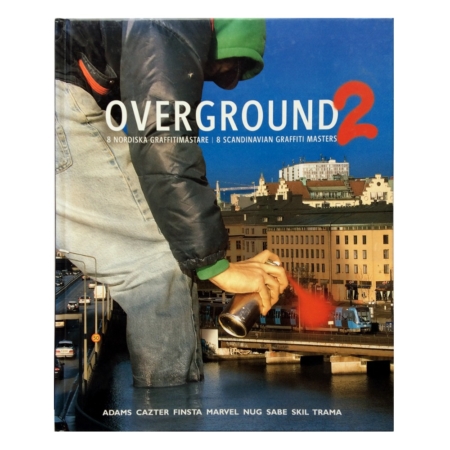
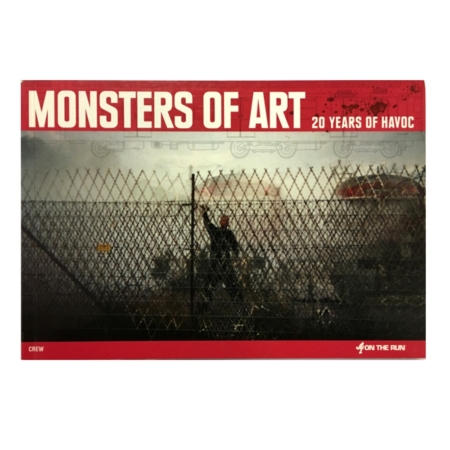
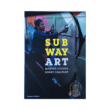
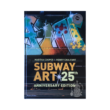
Reviews
There are no reviews yet.